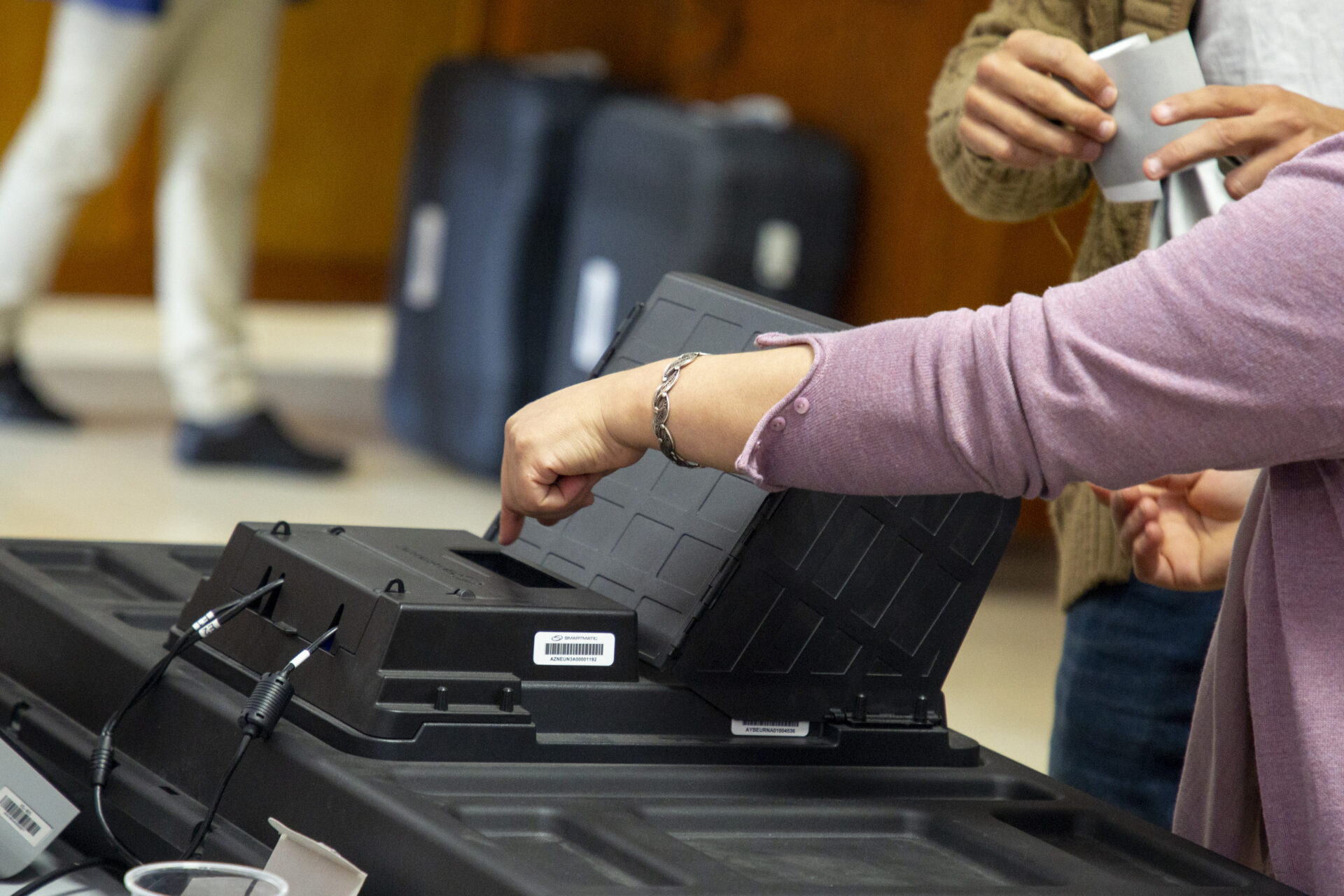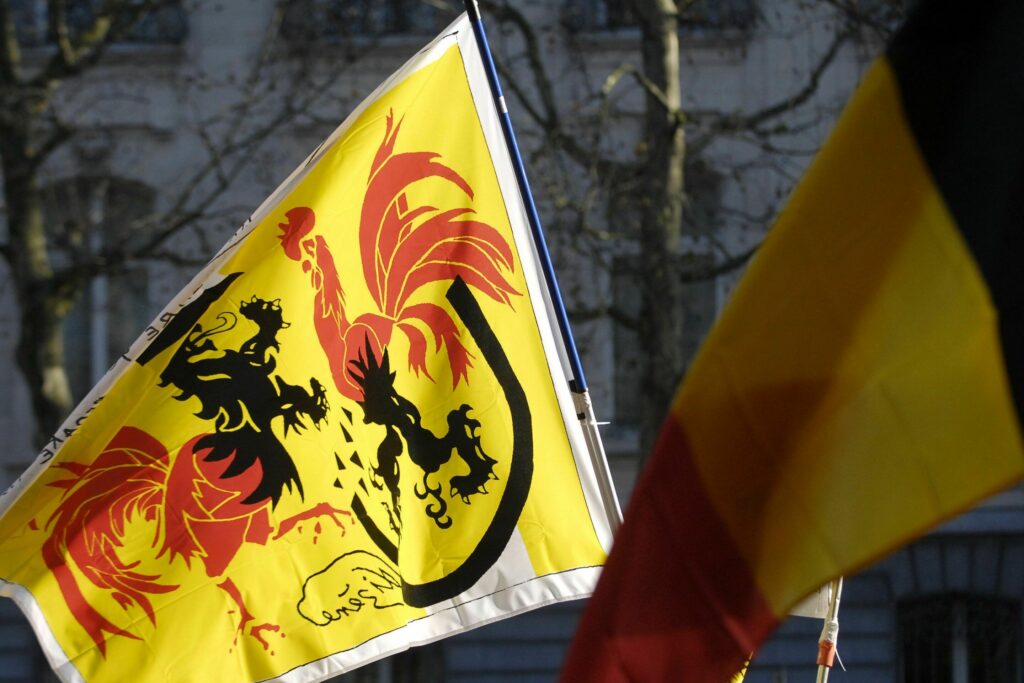Voters in Flanders and Wallonia are often painted as being on opposing sides of the political spectrum. However, recent research which analyses voters' attitudes rather than election results seems to have shattered the stereotype.
Belgians on each side of the country have their differences, from their customs and traditions to the language they speak. Many also believe that people in Flanders and Wallonia sit on opposite side of the political spectrum, with the former more in favour of right-wing policies and the latter more left-leaning.
While in recent years support for the radical left in Wallonia (PTB) and the rise of the radical right in Flanders (Vlaams Belang) has reinforced these perceptions, the 2024 electoral breakthrough of the liberal MR party and the centrist Les Engagés in Wallonia in the 9 June elections challenged voter stereotypes. However, political scientists from several Belgian universities have now revealed that voters in the two language communities had more in common politically all along.
"We asked voters in Wallonia and Flanders to place themselves on a general left-right scale, both generally and on a cultural and socio-economic scale – two left-right dimensions that are often linked to voting choices," political scientist at the University of Antwerp, Ine Goovaerts, told The Brussels Times. "We saw small differences in opinions on state reform and government interference, but overall, we cannot say that the two language groups strongly differ from each other politically."
Researchers concluded that the perception that the two electorates are very different from each other – and the perception that they became more alike in the last elections – is overstated. "They were actually already fairly similar in 2019."
Considering choice
The researchers explained that the interpretations of political differences – and the resulting stereotypes – were largely based on vote choice rather than on voters' attitudes and ideological or policy preferences.
"Vote choice depends heavily on the supply of political parties," said Goovaerts. This differs in the two regions. In Flanders, there are seven main parties, including Flemish nationalist N-VA and the far-right Vlaams Belang. There are no such counterparts for whom people can vote in Wallonia, where just five main parties tend to run in Federal and Regional elections. "Despite voters having similar opinions on different themes, the pool of choice is smaller in Wallonia."

People voting during the 2019 elections. Credit: Belga / Hatim Kaghat
The cordon médiatique – a mechanism in force in French-speaking Belgium stating that the media cannot interview or invite far-right parties – makes it unlikely that counterparts to Vlaams Belang will emerge in Wallonia.
"However, a shift to the right by political parties is possible," Goovaerts noted. "This tactic might have helped MR in the June elections, to attract some voters who are more right-wing and find their ideologies reflected in the party."
But political opinion is just one of the reasons why people vote for a certain party, she stressed. Another element not investigated by the researchers, "issue salience" (the importance voters attach to certain issues), can also be key in driving electoral outcomes.
"Meanwhile, the fact that MR and Les Engagés successfully positioned themselves as an alternative to the 'dominant left-wing parties' or might have attracteded some protest voters also partly explains why they did well in June," Goovaerts explained. "So there are multiple reasons why these parties performed well in Wallonia."
Little ideological dynamism
In both regions, voters of the left-wing parties (PVDA, Groen, Ecolo, Vooruit), as well as Open VLD, positioned themselves more leftist on the general left-right scale in 2024 compared to 2019, while voters of Vlaams Belang in Flanders and MR in Wallonia placed themselves more to the right this year.
However, overall, researchers found that voters' own placement of their views on the general left-right political scale had scarcely changed between 2019 and 2024. Only when it came to government intervention in the economy, a small shift to the right was recorded in Flanders – one that was not seen in Wallonia.
The picture is different when looking at the party electorates, where several shifts can be seen between 2019 and 2024, and differences between the two regions appear.
Three different groups emerge on the left-right self-placement on the economic and cultural axes: the left-wing electorates (PTB-PVDA, PS-Vooruit, Ecolo-Groen), right-wing electorates (Vlaams Belang, N-VA, MR) and centrist electorates (CD&V, Les Engagés and Open VLD).
Leftist party voters in Wallonia place themselves more to the right on the cultural dimension compared to the voters of their 'sister parties' in Flanders. On the economic dimension, this is also true for PTB voters, who place themselves more to the right than PVDA voters. MR voters place themselves more to the right on both axes compared to Open VLD and N-VA voters.
"On the one hand, electorates of those parties may have changed their opinion. On the other hand, we know that there has been a large degree of vote-switching, which means that the composition of those electorates has changed, altering the average scores per party electorate," Goovaerts said.

